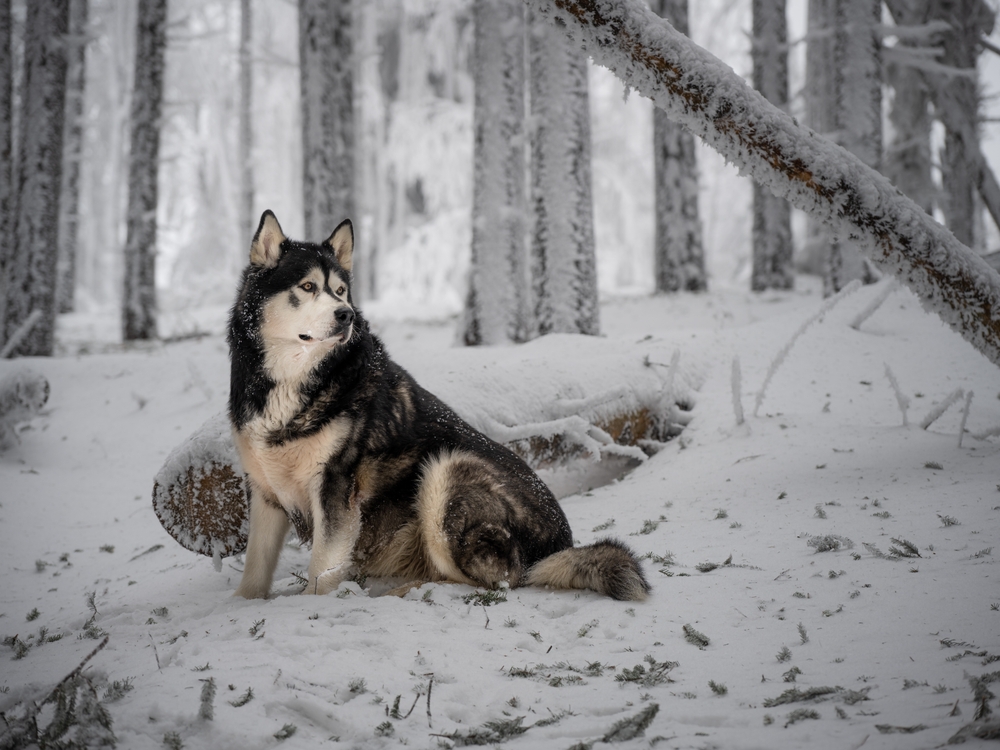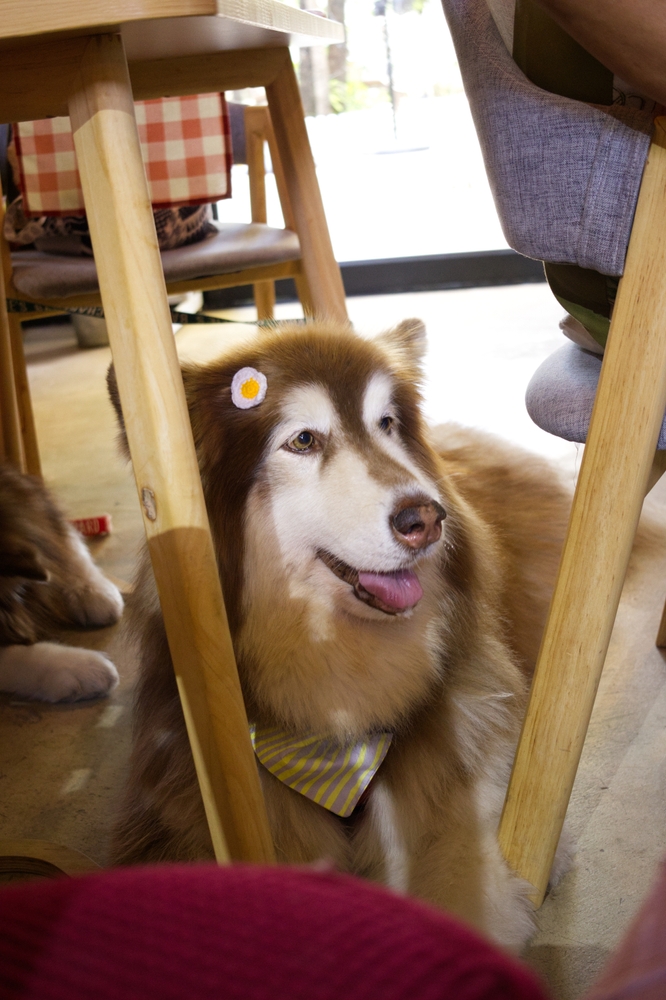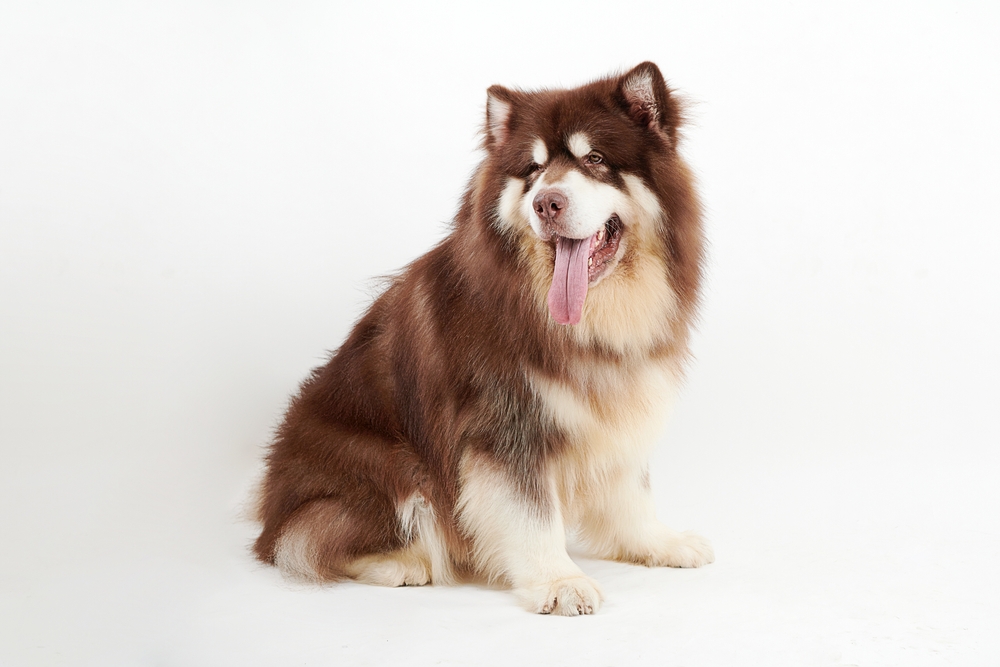Alaskan Malamute Breeding and Responsible Ownership: A Comprehensive Guide
Welcome to our comprehensive guide on Alaskan Malamute breeding and responsible ownership. In this article, we will delve into the world of these majestic and powerful Arctic sled dogs, exploring their history, characteristics, and what it takes to be a responsible owner. If you’re considering bringing an Alaskan Malamute into your life, or simply want to learn more about this incredible breed, you’ve come to the right place.

History of the Alaskan Malamute
The Alaskan Malamute traces its origins back thousands of years to the indigenous people of the Alaskan Arctic, known as the Mahlemiut Inupiaq. These dogs were an integral part of their survival, serving as dedicated companions, hunting assistants, and transportation across vast frozen landscapes.
The breed’s impressive strength and endurance made them indispensable during the Alaskan Gold Rush in the late 1800s, where they pulled heavy sleds carrying precious cargo through treacherous conditions. Their unwavering loyalty and adaptability earned them a place in history as one of the most reliable working breeds.


Characteristics of the Alaskan Malamute
Size and Appearance
Alaskan Malamutes are large and robust dogs, with males typically weighing between 85 to 100 pounds and standing around 24 to 26 inches tall at the shoulder. Females are slightly smaller, weighing between 75 to 85 pounds and standing around 22 to 24 inches tall. Their muscular build, thick double coat, and plumed tail give them a striking appearance.
Temperament and Personality
Malamutes are known for their friendly and affectionate nature. They are loyal pack animals that thrive on strong bonds with their human families. While they are usually good-natured and gentle, early socialization and training are essential to ensure they grow up to be well-mannered and well-behaved companions.
Exercise and Activity Needs
Due to their history as sled dogs, Alaskan Malamutes have high energy levels and require regular exercise. Daily walks, playtime, and mentally stimulating activities are crucial to keep them physically and mentally satisfied. A bored Malamute may engage in destructive behavior, so providing outlets for their energy is vital.
Grooming and Coat Care
Malamutes have a thick double coat that protects them from the harsh Arctic climate. Regular grooming is necessary to keep their coat in top condition and minimize shedding. Brushing at least twice a week will help prevent matting and reduce the amount of loose fur around the house.
Alaskan Malamute Breeding
Breeding Alaskan Malamutes is a significant responsibility that requires extensive knowledge and dedication. Reputable breeders prioritize the health, temperament, and well-being of the dogs above all else. They aim to preserve the breed’s integrity and produce healthy puppies with sound genetic backgrounds.
Health Screening
Before breeding, responsible breeders conduct thorough health screenings for their breeding dogs to ensure they are free from hereditary diseases and conditions common in the breed. Regular veterinary check-ups and adherence to recommended health testing protocols are essential for maintaining a healthy breeding program.
Ethical Practices
Responsible breeders adhere to ethical practices and never engage in puppy mills or irresponsible breeding for profit. They prioritize the well-being of the dogs and the breed’s long-term sustainability, ensuring that each puppy finds a loving and suitable forever home.
Early Puppy Socialization
From the moment they are born, reputable breeders begin socializing the puppies. Early exposure to various sights, sounds, and experiences helps the puppies develop into well-adjusted and confident adults, ready to face the world with a positive attitude.

Responsible Ownership of an Alaskan Malamute
Bringing an Alaskan Malamute into your life is a long-term commitment that requires dedication, patience, and responsible ownership. Here are some essential tips for providing the best care for your Malamute:
1. Training and Obedience
Early training and consistent reinforcement are crucial for shaping a well-behaved Malamute. Enroll in puppy classes and consider working with a professional dog trainer to ensure your furry companion learns basic commands and proper behavior.
2. Regular Exercise
As mentioned earlier, Malamutes have high energy levels, and regular exercise is essential to keep them physically and mentally stimulated. Engage in activities such as hiking, running, or agility training to satisfy their need for movement.
3. Proper Nutrition
A balanced diet is vital for your Malamute’s overall health and well-being. Consult with your veterinarian to determine the best diet plan based on your dog’s age, weight, and activity level.
4. Grooming and Coat Care
Maintain a regular grooming routine to keep your Malamute’s coat in top condition and minimize shedding. This will also help strengthen the bond between you and your furry friend.
5. Healthcare
Schedule regular check-ups with your veterinarian and keep up with vaccinations and preventive care. Address any health concerns promptly to ensure your dog’s longevity and quality of life.
Alaskan Malamute Breeding and Responsible Ownership
The Alaskan Malamute is a remarkable breed with a rich history and endearing personality. As potential owners, it is our responsibility to approach breeding and ownership with the utmost care and consideration for the breed’s well-being. By choosing reputable breeders and being committed to responsible ownership, we can ensure that these magnificent dogs continue to thrive as cherished companions and working partners.
